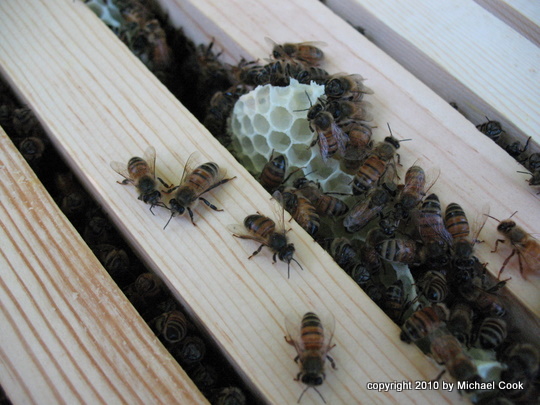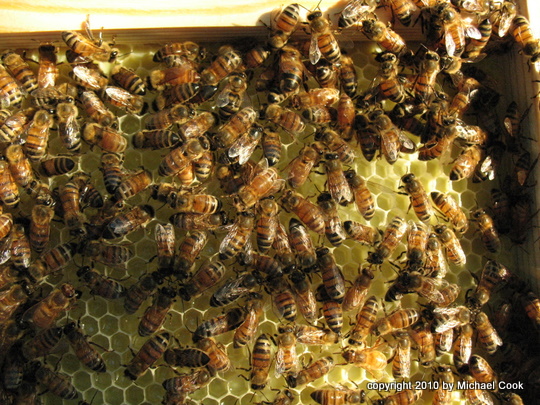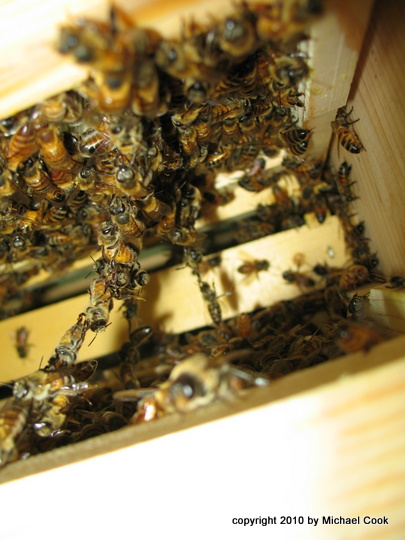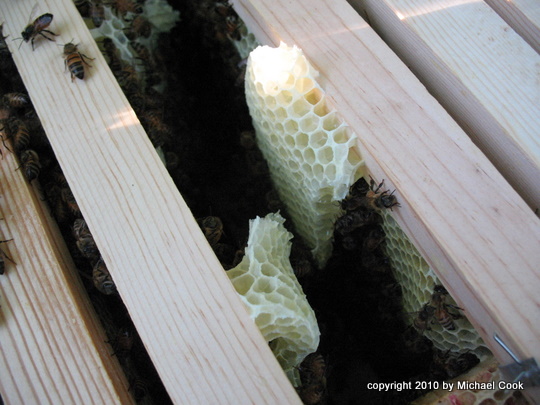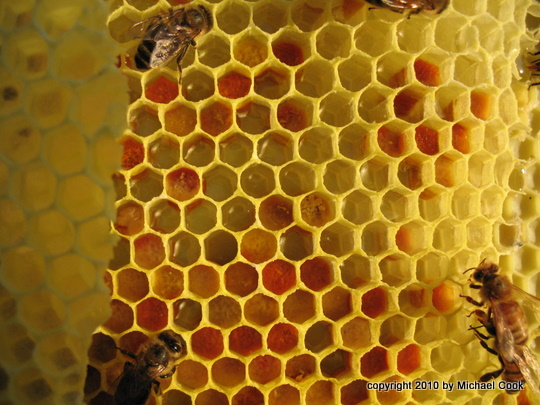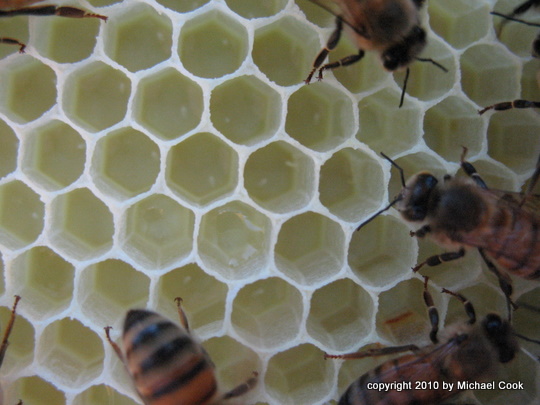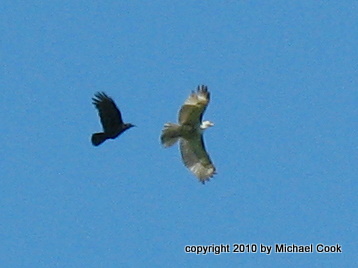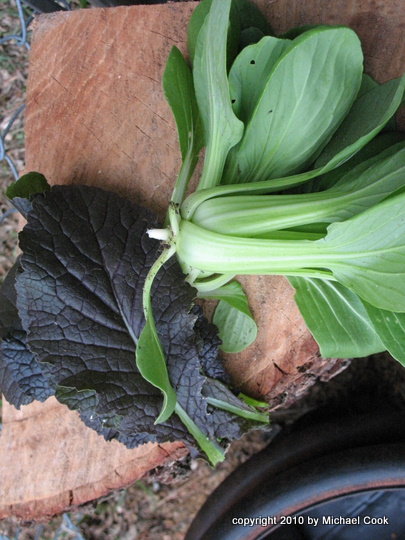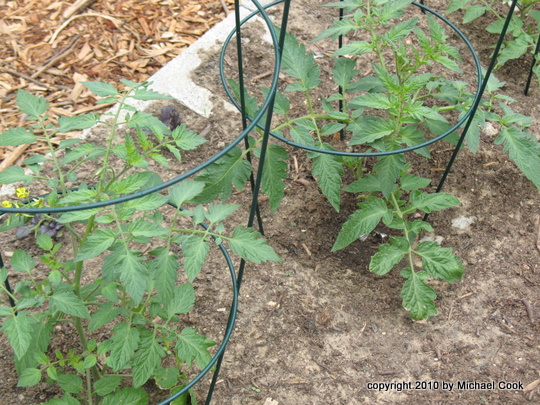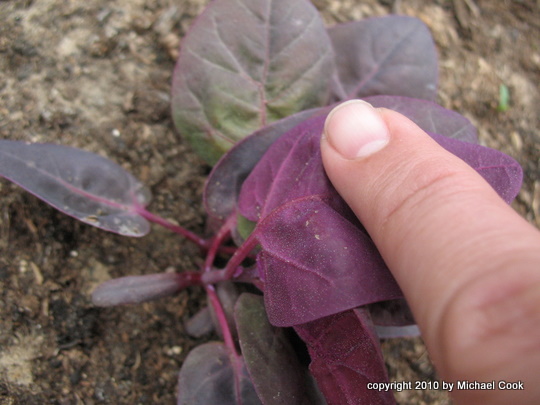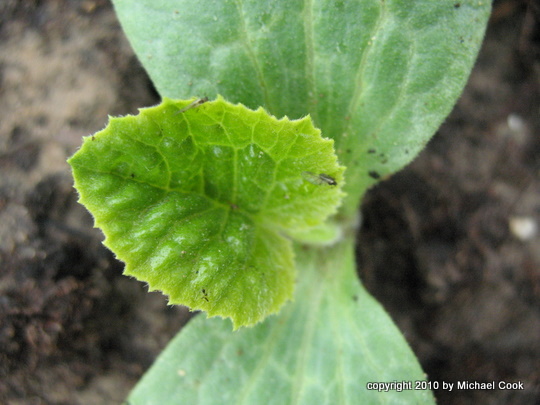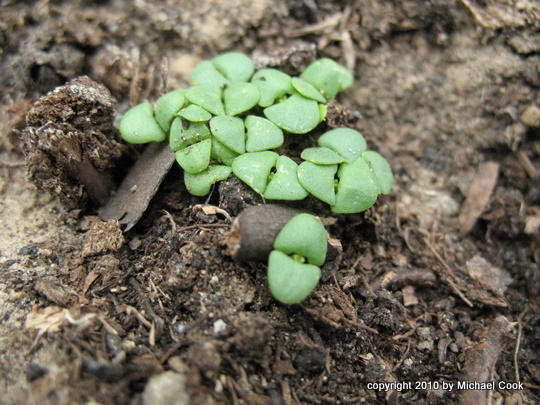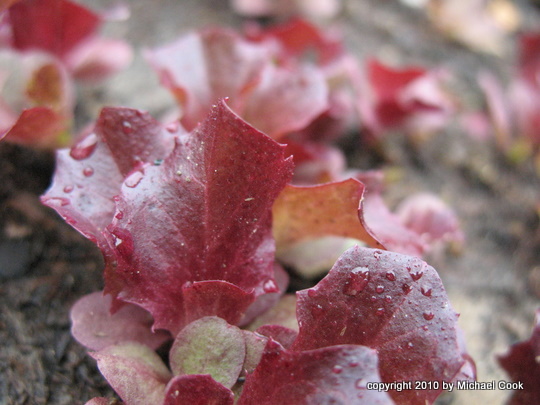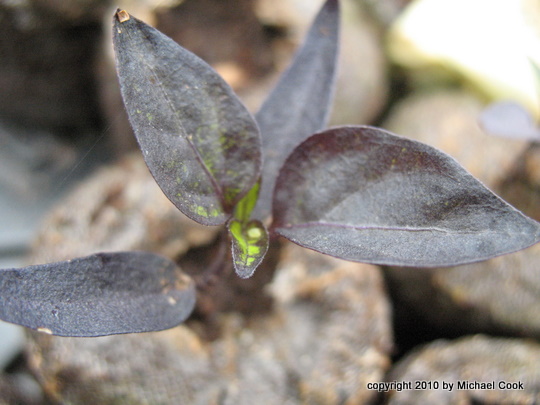As part of our ongoing efforts to be the Weirdest Guys on the Block, we decided we needed yard birds.
I have had a couple of chickens once before, back when they were legal in the old neighborhood. Farmers Branch decided to crack down on them, probably on account of many roosters, and so I hadn’t had chickens again. The City of Dallas only restricts roosters, and doesn’t put any limit on chickens until you get to the point of “Commercial Agricultural Production,” so we’re good to go!
I wanted Ameraucanas for their lovely olive-to-blue eggs. If I couldn’t get Ameraucanas or another “Easter-egger,” I was going to try for black-feathered birds, which I have always found striking. I figured they’d go well with the weird garden. After calling around, I discovered that nobody had Ameraucanas in stock in any of the local shops – but finally, Randy at Aggie Feed and Chick told me that he didn’t have any in stock in the store, but he had some of his personal birds that he could sell me. Cash only, after closing time. They are black-feathered Ameraucanas. Hot damn. For twenty bucks, I could get a small flock of four, and have the best of both worlds.
I SO wish I had taken the camera to this place. It’s huge, and has the look about it of a business that was booming about thirty or forty years ago. Shelves were often half-empty, some merchandise was covered with cobwebs and dust, while other items were clearly new and fast-moving. They sell everything from garden seeds to commercial agriculture chemicals, and they specialize in poultry.
It was almost like buying drugs… or raw milk, or something else illicit and under-the-counter. We had to buy our supplies, the chick feed and pine shavings and the brooder lamp, before the store closed. Big bags of supplies were carried out to the car by a cheerful young man with the face of a country cowboy and the voice of a sweet five-year-old. Randy, who was running the register, had to wait until everyone else was gone to go out back and get our birds. As he left, disappearing into a maze of backroom storage, Chris and I looked at one another and said, “And they were never seen alive again.” Fortunately, we didn’t end up in a horror movie, but instead Randy came back with a box of bouncing little birds.
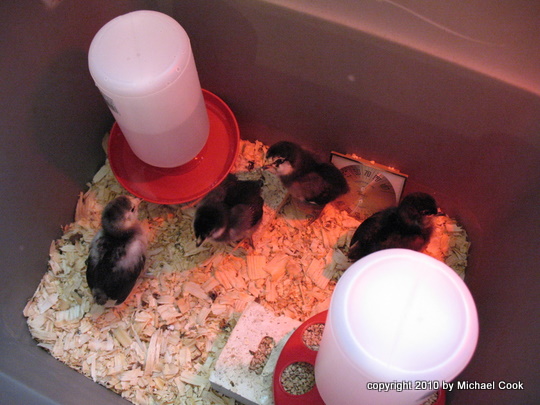
These are week-old Ameraucana chicks. He picked out the ones likely to be roosters, so that we could eliminate them from consideration; we just want laying hens. There were three that were clearly black, and one that he said might be blue, or might be “smutty” – a blue-black. For these birds, “blue” is a grayish color, which is fine for us too – we have a blue Sheltie-mix dog. Chris was very excited about the blue chick, so Randy went in back and got us one more – he said that he’d throw it in, and it was surely going to have the blue coloration.

They’re known for being a bright and curious breed, and I hope they do well in our backyard. We’re going to set up an “ark” style chicken coop, with a small run for their exercise and scratching room.

This is Myrtle; she’s the one that might be blue, or might be smutty.

We haven’t seriously considered names for the three black chicks. With a little work, you can distinguish one from the other – but they’re very similar. I’m thinking maybe we’ll see how their personalities sort out, first.
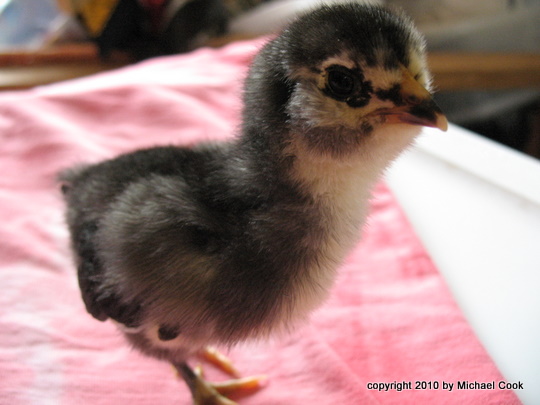
Chicks change amazingly fast; I already need to take new pictures. I took these pictures and started this post as a draft on Tuesday, but didn’t get to post it until Thursday – they’re already different. I’ll try for new photos (and pictures of their new brooder box, which Chris made!) this weekend.
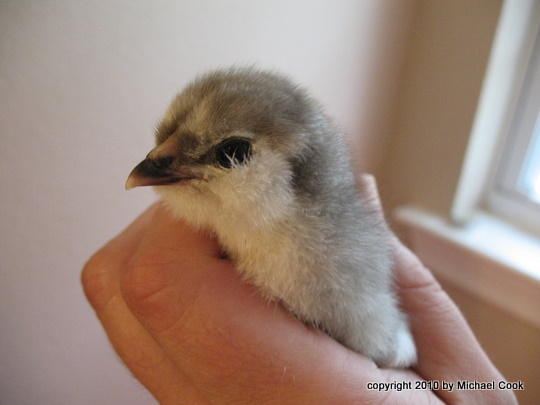
This sweet-faced baby is the bonus blue chick.
Chris instantly named her “Freebird.”

